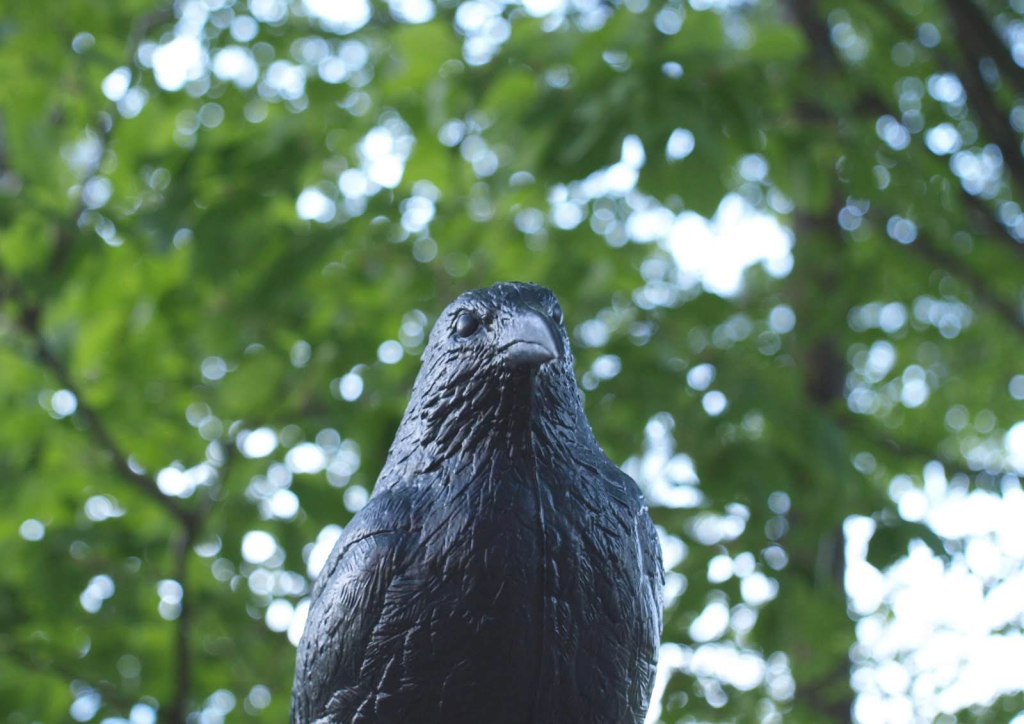
QUIET ACTIVISM
The presence of the CAE, the Club of the Autoimmune Eccentrics, as part of the Austrian social landscape, is seen as a social sculpture and a medium of quiet activism.
That means that its members intent “to revive confidence in the ability to transform reality” (Rendell, 2022, p. 282) by changing the common view on autoimmunity and its related diseases.
We are not shouting, we are not acting out – but with our presence, our signs of existence, our confidence in what we are we establish that there is something like an autoimmune condition, as part of the spectrum of human existence.
It expresses a specific form of it, a positionality that, within Plessner’s philosophical anthropology, is defined as „eccentric“.
We do not surrender – neither to the pain, nor to the patient role we are being ascribed to by medical institutions and by the healthcare system.
By showing our wounds, we not only show our vulnerability but also our strength that we derive from our eccentricity, from our self distance and self reflexivity. But, most importantly, we show that we exist.

„Show Your Wounds – Share Your Vulnerability“, Barb Macek, 2023
THIRD AGENT
Doing anamnesis with the help of an agent poétique
During my time as a tutor of an interdisciplinary student group at the General Hospital Vienna, developing new forms of anamnesis interviews in a clinical environment,
I introduced what I called a „third agent“ into the anamnesis process. It had the shape and appearance of a plastic crow:
Photography: Plastic crow, detail of the installation: “Crows‘ Death Talks” by Barb Macek, 2017.

Setting
The crow is placed on a hospital chair, in the middle of the room.
The human interviewer sits on its right side, and the patient on its left side.
The crow’s head points to the left, in the direction of the patient.
It takes on the role of the doctor, the interviewer, it is at the centre of attention, and the addressee of the patient’s answers.
Background
On the one hand, it is the meaning of the crow that is reflected by this setting, on the other hand, its presence is the presence of the symbolic third, that plays an important role for this anamnesis constellation.
The crow, as part of the corvids, is a mythological messenger, ascribed with the ability to wander between the worlds, from this world to the beyond. The term is “psychopomp”, leader of the souls, suggesting that birds like crows and ravens guide the souls of the dead from here to the hereafter.
In literature, corvids are also described as tricksters, ambivalent figures – neither good nor entirely bad, cunning and inapt at the same time, neither female nor male, neither human nor animal.
The trickster is a shapeshifter, a crook, a fool, a hybrid, and also a messenger.
But back to the plastic crow in the hospital: obviously it is displaced – that is the first impression a bystander gets, so it per se crosses borders, the border of appropriateness within the clinical environment of a hospital ward, the border of life and death, because it represents a living animal, a bird, and at the same time it is an inanimate plastic figure.
But being placed in the middle of the anamnesis setting animates it, and as it represents the crow, the messenger bird, the soul guide, new possibilities for the patient to express his/her situation open up.
Transgression
The ambivalence of the plastic crow – of being inanimate but a symbol for an organic being, of being an artificial product but also a mythological figure – is an invitation for transgressions of all kinds.
Transgression is the main characteristic of the carnival, as Michail Bachtin3 explained in his texts about the function and meaning of the medieval carnival.
The crow implements a carnivalesque and also a grotesque element in the anamnesis situation at the hospital, indicating, as it is known from the time of the carnival, that the hierarchies are suspended and the common rules lose significance.
How will the patient react in the presence of the crow? How will it affect his answers in regard to his medical history?
These are some of the questions that are addressed by this specific setup, and the protocols of the PA-interviews provide the basis for further interpretation as poetic material, and the results can be read as poems.
